Chemistry
-

Caving for Cures project gains museum limelight
If you drop by the American Museum of Natural History the next time you visit New York, there is a good chance that you will see an exhibit highlighting Vanderbilt chemist Brian Bachmann’s "caving for drugs" research. Read MoreSep 17, 2012
-

Spinach power gets a major boost
Vanderbilt researchers have combined the photosynthetic protein that converts light into electrochemical energy in spinach with silicon, the material used in solar cells, in a fashion thatproduces substantially more electrical current than has been reported by previous "biohybrid" solar cells. Read MoreSep 4, 2012
-

Ned Porter receives physical organic chemistry award
Stevenson Professor of Chemistry Ned Porter is the recipient of the James Flack Norris Award for Physical Organic Chemistry for 2013, the American Chemical Society has announced. Read MoreAug 23, 2012
-
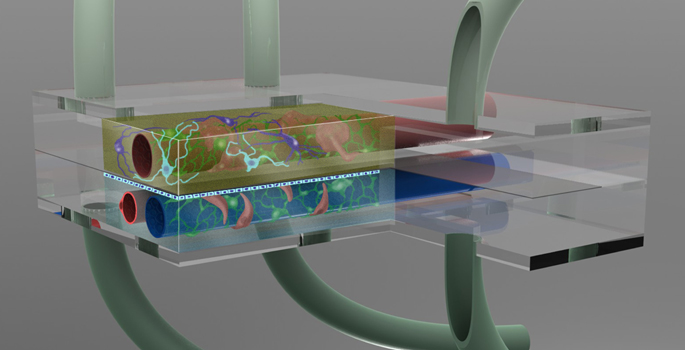
Vanderbilt-led team to develop ‘microbrain’ to improve drug testing
Creating a device out of human cells that simulates brain chemistry is the goal of a $6.4 million grant which is part of major new federal initiative to develop a series of “organs on a chip” designed to improve the drug development process. Read MoreJul 24, 2012
-

Insights for neuroscience drug discovery
When discovering drugs for brain disorders, it’s important to test the candidates in multiple ways to avoid advancing those with restricted physiological effects. Read MoreJul 17, 2012
-
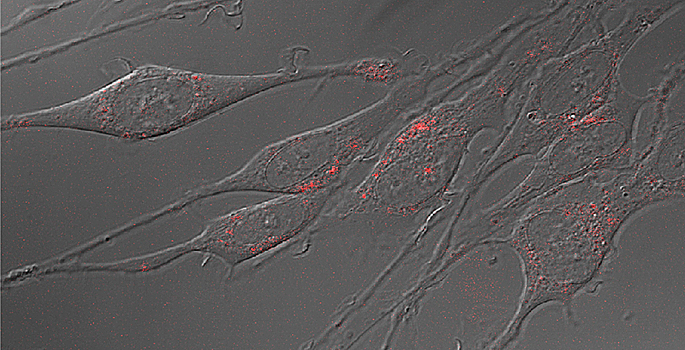
Probing the roots of depression by tracking serotonin regulation at a new level
An interdisciplinary team of scientists have successfully tagged a protein that regulates the neurotransmitter serotonin with tiny fluorescent beads, allowing them to track the movements of individual molecules for the first time. This capability makes it possible to study the manner in which serotonin regulates mood, appetite and sleep at a new level of detail. Read MoreJun 27, 2012
-

Record number of Vanderbilt grad students score prestigious NSF fellowships
This year a record number of Vanderbilt Graduate School students have won prestigious National Science Foundation graduate research fellowships. Read MoreJun 19, 2012
-
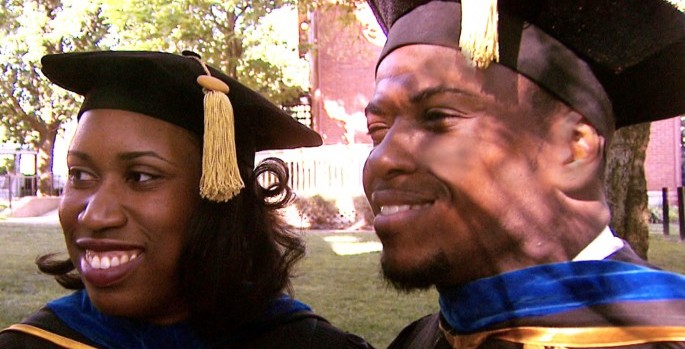
VUCast Extra: Bridging the Gap in the Sciences
Vanderbilt is on track this year to become the number one producer of minority Ph.D. recipients in physics, astronomy and materials science, an area where minorities are grossly underrepresented. Watch the emotional journey of the latest doctoral graduates from the Fisk-Vanderbilt-Master’s-to-Ph.D. Bridge Program. [vucastblurb]… Read MoreJun 8, 2012
-

DNA: From modification to mutation
Understanding how an environmental hazard damages DNA may shed light on processes of tumor formation. Read MoreJun 8, 2012
-

‘Extractionator’ could bring cheap and effective malaria diagnostics to millions
The "Extractionator" is a sophisticated little device that automates the diagnostic sample collection and preparation process so it can be operated by individuals in remote environments with minimal training. Read MoreMay 9, 2012
-

Quantum dots brighten the future of lighting
Vanderbilt researchers have boosted the efficiency of a novel source of white light called quantum dots more than tenfold, making them of potential interest for commercial applications. Read MoreMay 8, 2012
-
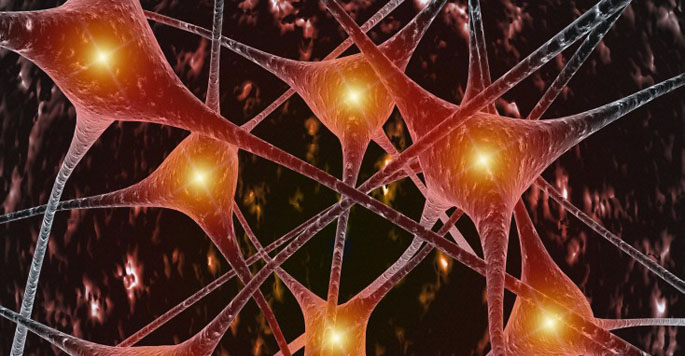
Neuronal clues to cholesterol-defect disorder
Antioxidants may be a beneficial treatment for an inherited genetic disorder. Read MoreApr 20, 2012
-

Vanderbilt expanding research enterprise into Williamson County
With the addition of a new 18,000-square-foot laboratory to be located within the Cool Springs Life Sciences Center, Vanderbilt University is expanding its research enterprise into Williamson County. Read MoreMar 9, 2012
-
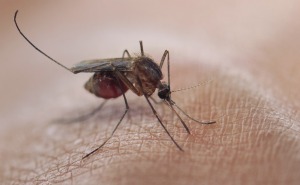
VU researcher has personal motive for investigating malaria
Vanderbilt researcher and Gabon, Africa, native is working to discover ways to kill malaria-spreading mosquitoes. Read MoreFeb 3, 2012
-

“Extractionator” could bring high-tech medical diagnostics to rural areas
The Bill and Melinda Gates Foundation has given them $1 million to three Vanderbilt scientists to develop a point-of-care sample collection and preparation product that could bring advanced medical diagnostic testing to the third world. Read MoreDec 16, 2011
-
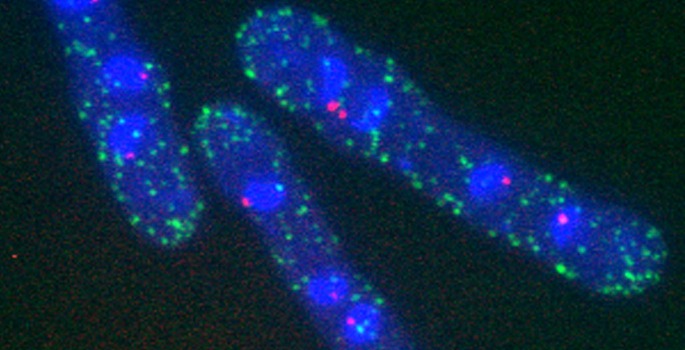
Vanderbilt sets record for number of new AAAS fellows
Fourteen Vanderbilt researchers have been elected fellows of the American Association for the Advancement of Science (AAAS). Read MoreDec 14, 2011
-
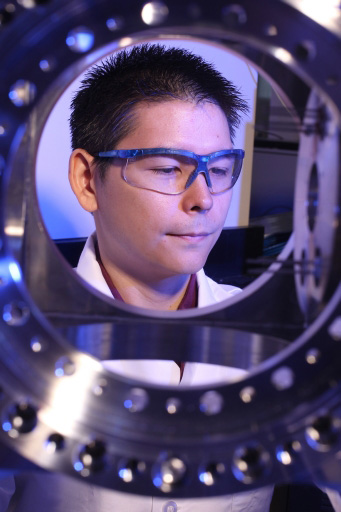
Pushing lipids into the limelight
Photo of post doctoral researcher Michal Kliman that ran on the cover of Chemical & Engineering News magazine in October. (Steve Green / Vanderbilt) In the world of molecular biology, lipids haven’t gotten as much respect or attention as nucleic acids and proteins even though they play… Read MoreDec 6, 2011
-
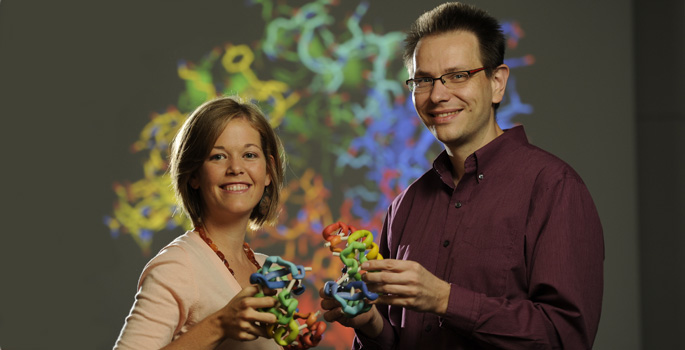
Creation of the largest human-designed protein boosts protein engineering efforts
A team of Vanderbilt chemists have designed and successfully synthesized the largest artificial protein using a new approach that greatly expands scientists’ ability to create proteins unknown in nature. Read MoreNov 15, 2011
-
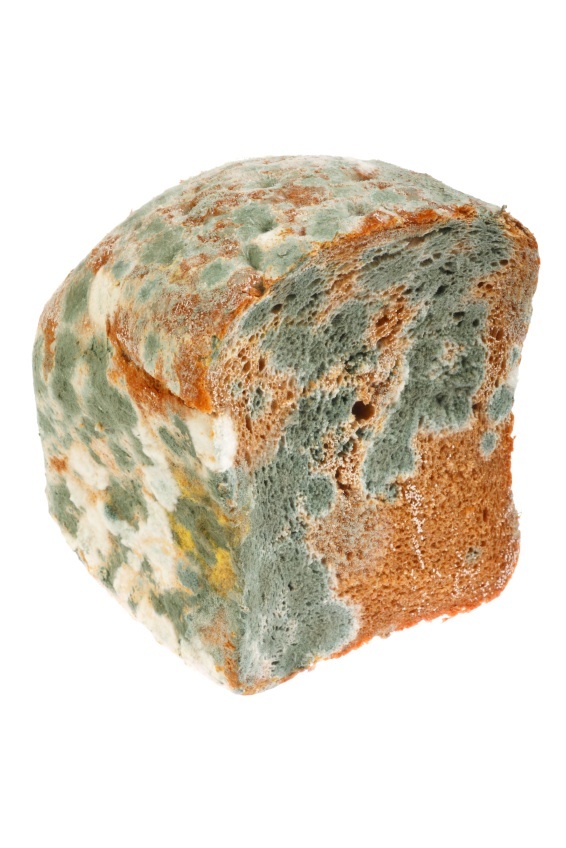
Fungus toxin gets in the way in DNA
Structural studies are providing insight to how aflatoxin – a toxin produced by fungi – contributes to cancer development. Read MoreOct 7, 2011
-
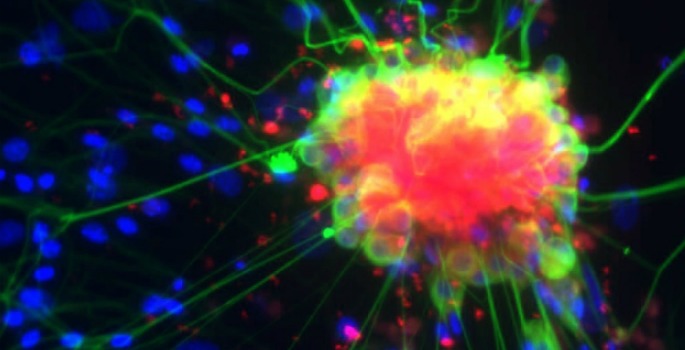
Study puts a new spin on ibuprofen’s actions
Vanderbilt University investigators have discovered surprising new insights into the actions of NSAIDs. Read MoreSep 29, 2011